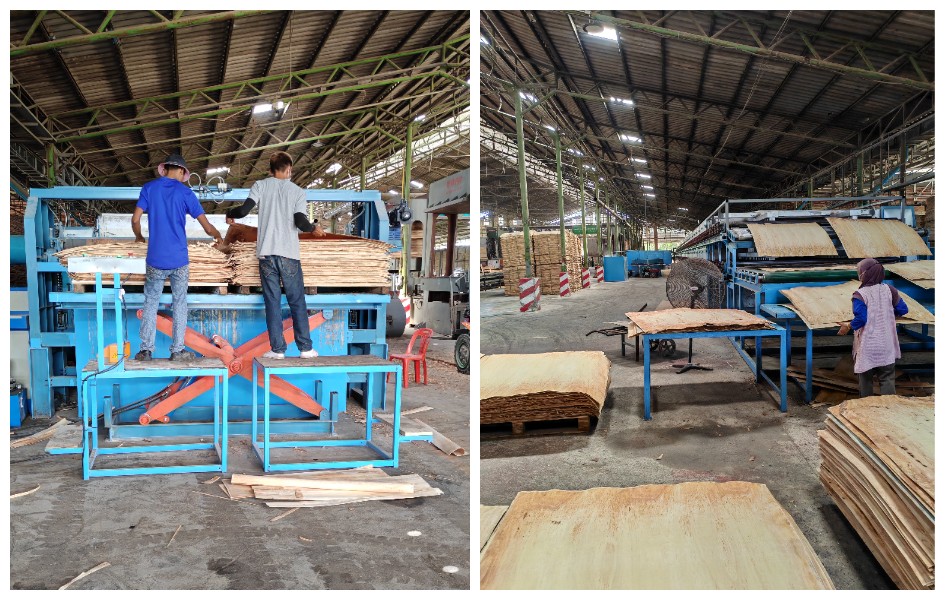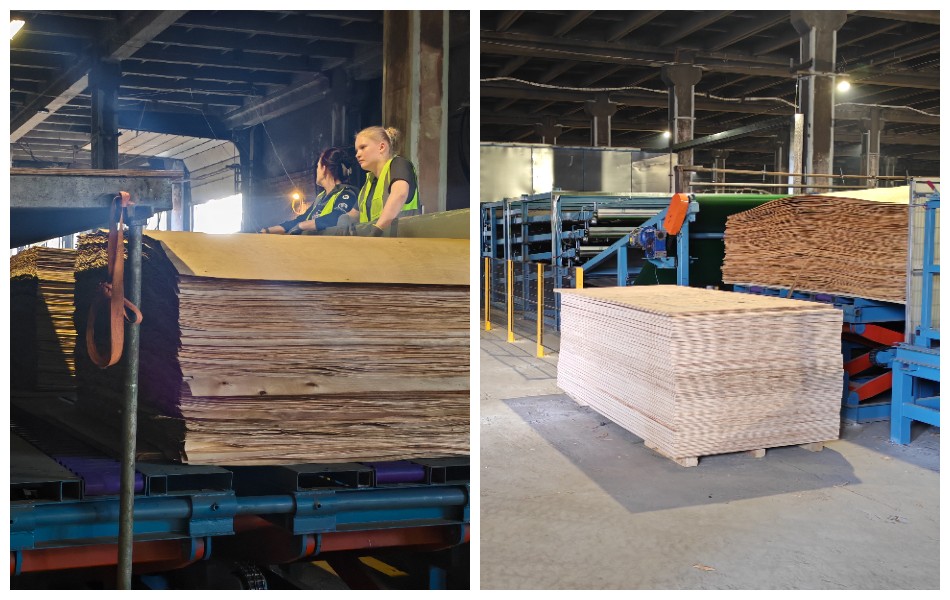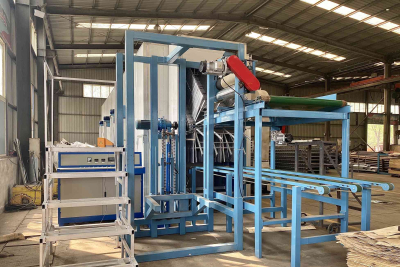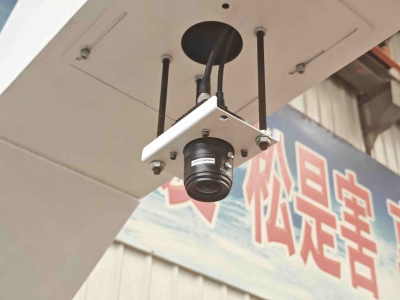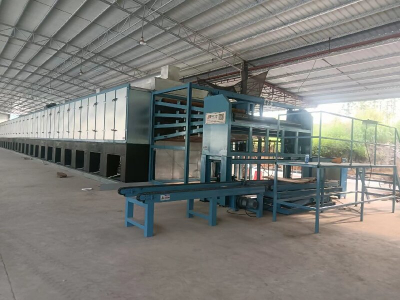Key Tips for Drying Pine Veneers
Pine veneers, widely used in furniture manufacturing and interior decoration, require careful handling during drying to preserve quality. Due to their unique properties—high resin content, coarse fibers, and susceptibility to cracking—special precautions are essential when using veneer dryers. Below are critical guidelines for optimizing the process.
1. Pre-Drying Screening
First, inspect and sort incoming veneers rigorously. Remove substandard pieces, including grade-3 veneers, as well as grade-2 veneers with bark, insect damage, rot, or severe cracks. This step prevents defects from propagating through the drying process.
2. Clean the Feeding Area
Before loading, use fans or compressed air to clear both sides of the veneer feeding zone. This minimizes dust and wood chip accumulation inside the dryer, reducing fire hazards and equipment malfunctions.
3. Adjust Temperature and Speed
Pine’s high resin content makes it prone to overheating and rapid drying, which causes defects. Lower the front-zone drying temperature and reduce hot air velocity. Slow down the veneer feeding speed to balance efficiency and quality, cutting down on flawed products.
4. Target Moisture Content
Avoid over-drying pine veneers. Aim for a final moisture content of 6–10%, which aligns with the requirements for plywood production, ensuring optimal adhesion and stability.
5. Post-Drying Conditioning
After drying, transfer cooled veneers to a constant temperature and humidity warehouse (20–25°C, 50–60% relative humidity). Stack them using the same spacer-separated layers as during drying, and let them rest for 3–5 days. This balances internal and external moisture (within 2% difference), enhancing dimensional stability.
6. Quality Checks and Storage
Post-conditioning, recheck moisture levels to filter out non-compliant or damaged veneers. Store qualified ones away from direct sunlight and moisture, stacking no higher than 1.5 meters (to prevent bottom-layer compression). Keep them isolated from heat sources (e.g., radiators) to avoid moisture fluctuations.
7. Gentle Handling and Traceability
Handle veneers carefully during transport to avoid edge damage. For veneers bound for gluing, retest moisture content before use to ensure compatibility with adhesive curing requirements. Maintain detailed production records for traceability. Unused qualified veneers should be returned to the constant environment for temporary storage—prolonged exposure risks moisture absorption (warping) or drying (cracking), compromising subsequent lamination quality.
By following these steps, manufacturers can mitigate risks, reduce waste, and ensure consistent, high-quality pine veneers for downstream applications.

